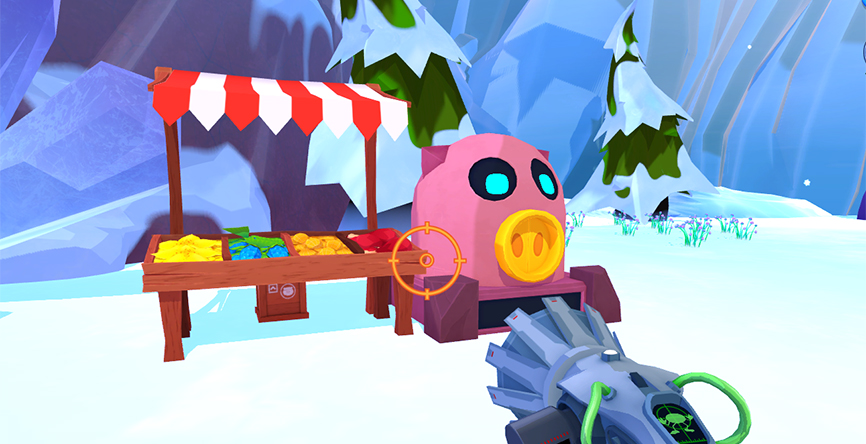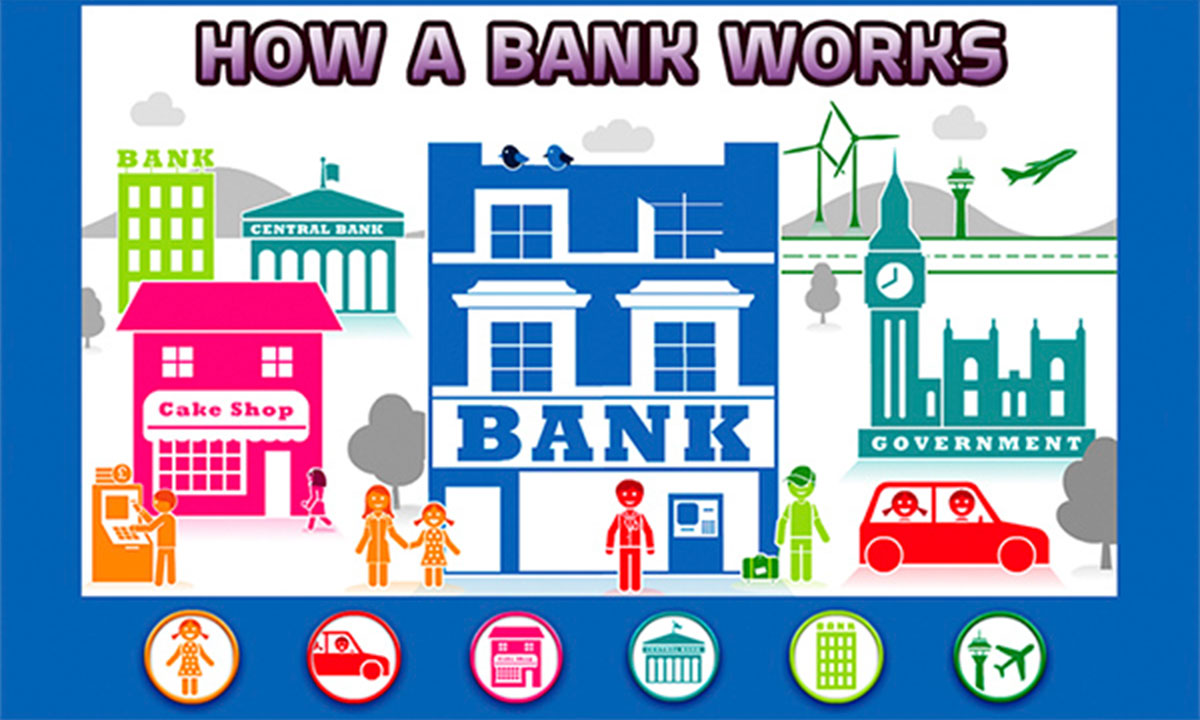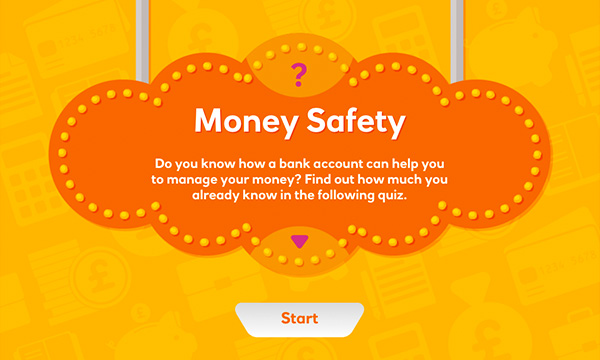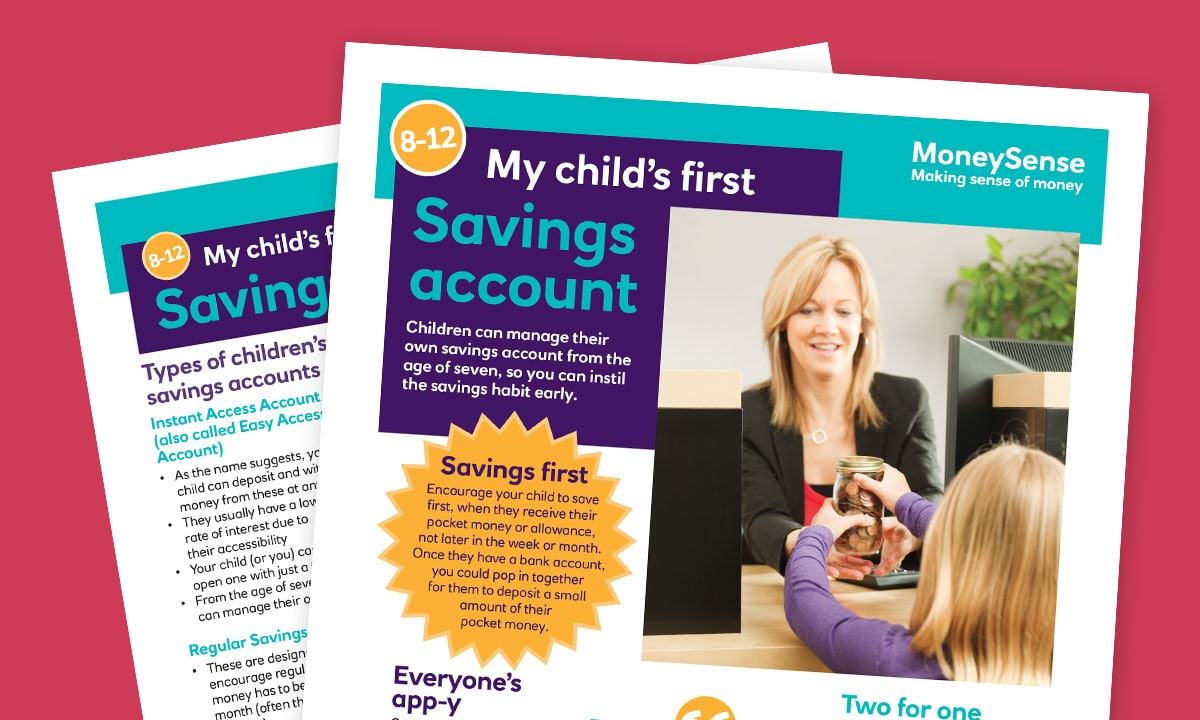How do I manage a bank account?
Island Saver introduces young people to the role banking plays in managing money. From opening an account to saving and borrowing, banks help people keep their money safe and ensure that they have access to their money when they need it. Playing Island Saver will give your child an awareness of how banks operate so that they can become great money managers in the future.

Why have a bank account?
Playing Island Saver means your child will have a bank account so that they can buy items from Pigby’s store. It will also help them keep their doubloons safe from the litterbugs. This responsibility means that they are in control of their finances right from the start. Talk to your child about why you have a bank account, explaining that most adults will have their earnings paid into their account and use it to save for a rainy day, pay bills and to purchase things they need or want.
Managing money made easy
During the game, your child will open and start using their Island Saver bank account. They can go to their money app to track their balance, check when loan repayments are due and see when interest on savings is given, just like a normal banking app. If you use a banking app yourself, talk to them about how you use it and explain the different features that the app has and how this helps you manage your account.
Other ways to bank
Discuss other ways you can do your banking, such as going into a branch, using online banking or telephone banking. If you get the opportunity, take your child into a branch and let them watch you use an ATM – whether it’s to pay in, withdraw cash or to check your account balance. Observing you will help them learn about banking in the real world.
To help your child improve their financial awareness, Island Saver introduces them to the world of financial products and services. Understanding what banks can offer will give your child the heads up when they come to use these products in the future.

Take a look
Together with your child, take a look at a range of bank websites to see what sort of services they offer their customers. Some banks will have branches on the high street, while some will only offer digital services. Ask your child to list the benefits of visiting a high street bank branch (for example, being able to pay in cash or have a financial review) and what you can do digitally (for example, paying bills online). When they have finished, discuss the pros and cons together.
Checking your statement
Talk to your child about the importance of checking your bank statement, making sure that the right amounts are being paid in and out as well as spotting transactions that may not be familiar so they can be queried. Show your child the different ways you can access your statement and check income and outgoings, whether that’s on the bank app, at an ATM, online or in a branch.
Keep some receipts from shopping trips and ask your child to make sure the amounts match up with your statement.
Choosing a bank account
Ask your child to look online, or in branch if you’re visiting one, to see which bank accounts are available to them now (or will be when they’re a little bit older). Ask them to list the top three features that they would want from their bank account. This could be an incentive or reward, having a payment card to use in shops, an app etc. If you do manage to open a bank account for your child, empty out their piggy bank or savings jar, count it up and deposit it into their new account so that they can see their balance grow.
Find out about all the latest MoneySense articles for parents by following us on Facebook
Why not try another MoneySense activity


 Interactive activity:
Interactive activity:  Poster:
Poster: 
 Activities:
Activities: 


